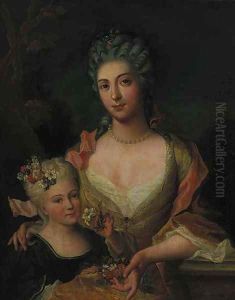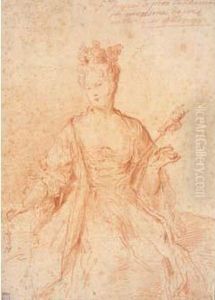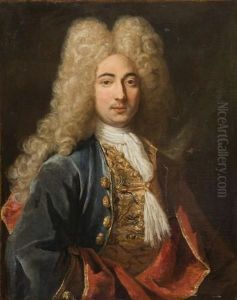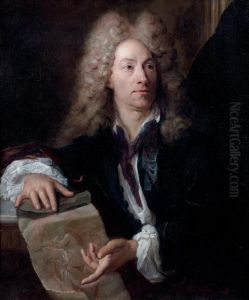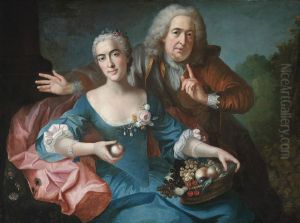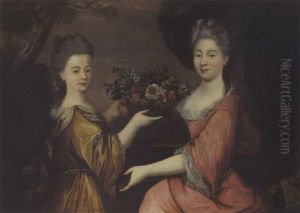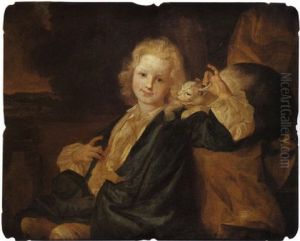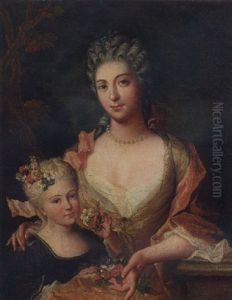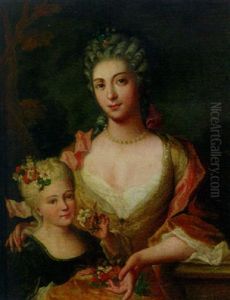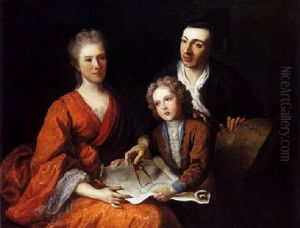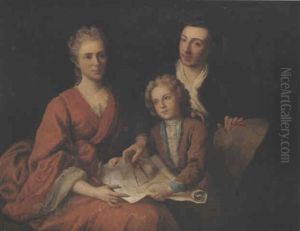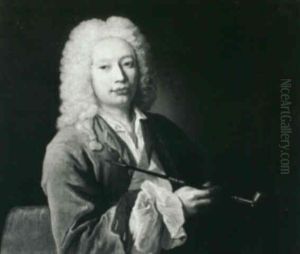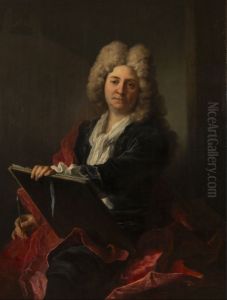Gilles Allou Paintings
Gilles Allou, also known as Gilles Alleaume, was a French painter born in 1670, whose work is relatively lesser-known in the grand scope of art history. He hailed from a family of artists, with his father, Jacques Allou, also being a painter. This familial connection undoubtedly influenced Gilles' decision to pursue a career in the arts.
Allou's career was primarily based in Paris, where he developed his skills and worked for most of his life. His style was influenced by the prevailing artistic movements of his time, including the Baroque and the Rococo, which were characterized by their ornate details, flowing lines, and often a sense of movement and drama in their compositions. However, it is important to note that Allou's work did not reach the same level of fame or recognition as some of his contemporaries, such as Antoine Watteau or François Boucher, who were prominent figures of the Rococo style.
Despite the lack of widespread fame, Gilles Allou's contributions to art during his lifetime were significant. He specialized in portrait painting, a genre that was highly popular among the French aristocracy and bourgeoisie. His portraits were known for their elegance and the ability to capture the character and status of the sitter. Allou's technique and use of color demonstrated his adeptness as a painter, and he was able to secure commissions from wealthy patrons who desired to have their likenesses captured for posterity.
Allou's work was also part of the larger context of French art production in the late 17th and early 18th centuries, a period that saw a flourishing of artistic output under the patronage of the monarchy and the increasingly influential upper classes. The artistic scene in Paris, where Allou was based, was particularly vibrant, with the Royal Academy of Painting and Sculpture playing a central role in setting artistic standards and tastes.
Gilles Allou passed away in 1732. While he may not have achieved the same level of fame as some of his peers, his works remain as a testament to his skill and the artistic milieu in which he worked. Today, Allou's paintings can be found in various art collections, and they continue to be studied by art historians interested in the French Baroque and Rococo periods. His legacy is one of quiet achievement and contribution to the rich tapestry of French art history.
